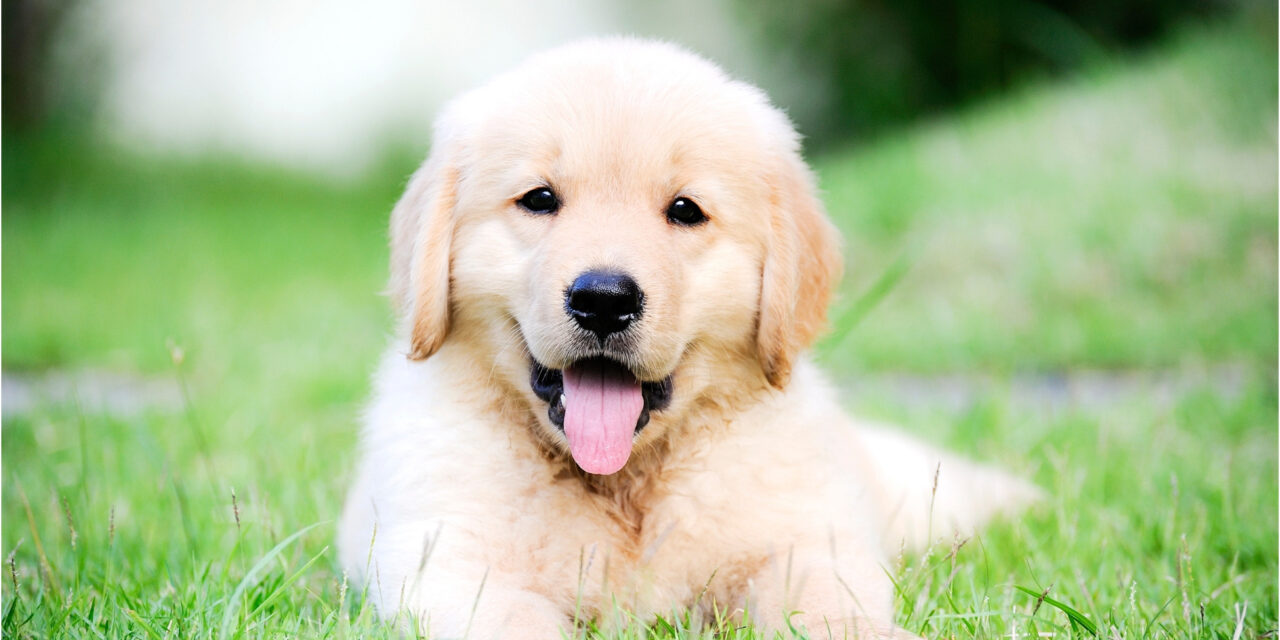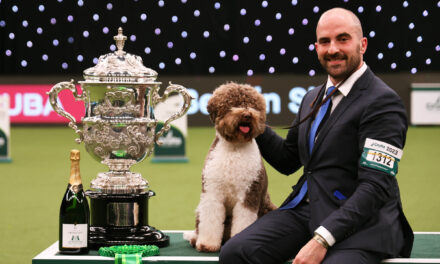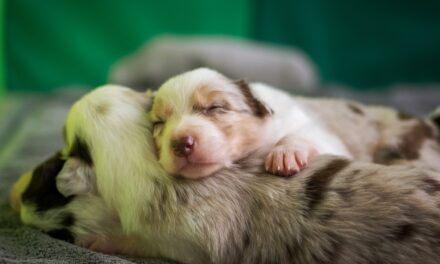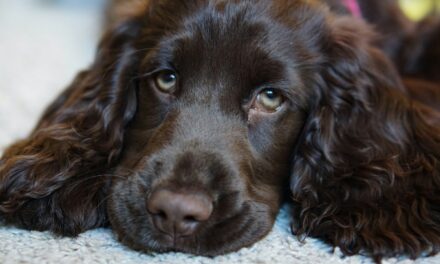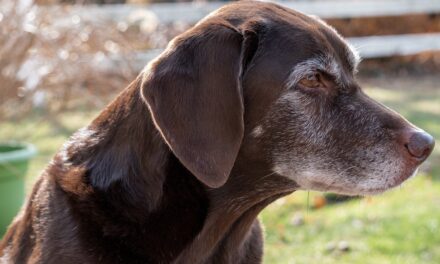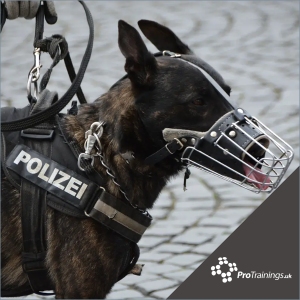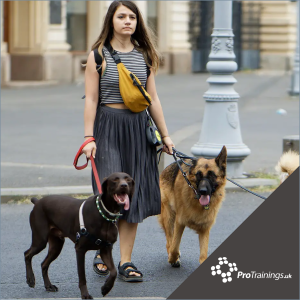The Kennel Club has recently undertaken a comprehensive review of its breed standards to improve clarity and consistency.
This includes new standardised definitions for commonly used terminology, ensuring clear guidance for breeders, judges, and breed clubs. The initiative focuses on providing precise descriptions of traits related to health, colour, and temperament, emphasising the importance of eliminating features that could negatively affect a dog’s wellbeing.
Breed clubs are now being consulted on proposed changes that aim to make breed standards more uniform and transparent, particularly when describing features that could be detrimental to a dog’s health.
Standardised Definitions for Key Terms
As part of the review, the Kennel Club’s Breed Standards and Stud Book Committee (BSSB) has developed a set of standard definitions for frequently used terms in breed standards. Words such as “desirable,” “acceptable,” “permissible,” “tolerated,” “undesirable,” and “unacceptable” are now clearly defined to avoid any ambiguity in how traits are described and assessed. This move is intended to help judges in dog shows make more informed decisions based on consistent criteria.
The updated terminology particularly impacts the way in which health-related traits are discussed. Traits that are deemed harmful to a dog’s health will now consistently be described as “unacceptable,” helping to ensure such characteristics are not rewarded in the show ring.
Breed-Specific Amendments to Health and Colour Descriptions
In addition to the terminology standardisation, specific amendments are being proposed to individual breed standards. The Kennel Club is reviewing the wording used to describe traits that impact health and temperament. For example, features that are considered harmful will uniformly be labelled as “unacceptable,” ensuring clarity when discussing undesirable traits.
The Non-Breed Standard Colours Working Party, in collaboration with breed clubs, has also suggested changes to the colour clauses of various breed standards. These revisions aim to clarify which colours are considered desirable within the breed standard and which are seen as a departure from it.
Breed clubs are now being invited to provide their feedback on the proposed amendments. The Kennel Club has reached out to the relevant clubs, requesting their input via their breed club secretaries by 31 January 2025. Any amendments that arise from this consultation process will come into effect on 1 April 2025 at the earliest.
Revised Introduction to Breed Standards
As part of the review, the opening paragraph of all Kennel Club breed standards has been updated to reflect the new definitions. The revised text reinforces the importance of soundness and health in breeding and judging dogs, stating:
“If a feature or quality is desirable it should only be present in the right measure. However, if a dog possesses a feature, characteristic or colour described as unacceptable, it must not be rewarded in the show ring.”
This update ensures that health and soundness remain at the forefront of all breed standards, making it clear that dogs with harmful traits will not be recognised in competition.
Moving Forward
Tim Hutchings, Chairman of the Breed Standards and Stud Book Committee, expressed the importance of these changes, highlighting the need for consistent and clear terminology. “We will be engaging with breed clubs over the coming months about the proposed amendments to the breed standards, which The Kennel Club has carefully reviewed to ensure the terminology used is clear and consistent across the board,” he said.
Hutchings also pointed out that the revisions to the colour clauses aim to draw a clear line between desirable and non-standard colours, ensuring consistency in judging across all breeds. The Kennel Club hopes these updates will help breeders and judges alike, making it easier to assess traits that are either beneficial or detrimental to dogs.
By collaborating with breed clubs over the next few months, The Kennel Club aims to finalise amendments that will lead to improved health outcomes for dogs and ensure a uniform approach to breed standards across the country. The updates are expected to assist breeders and judges in maintaining high standards in dog shows and breeding programmes.
